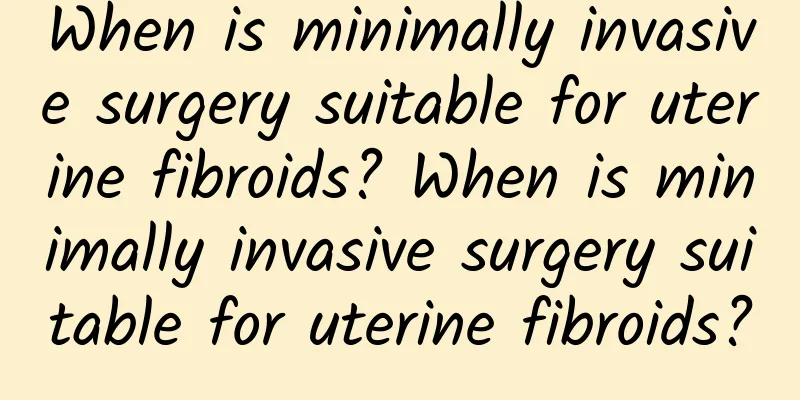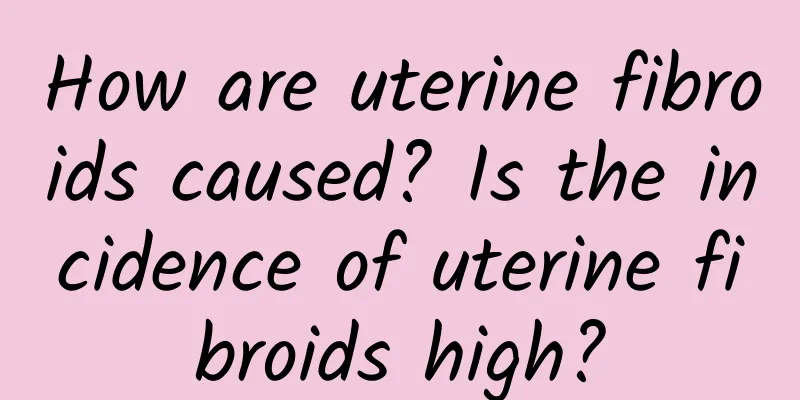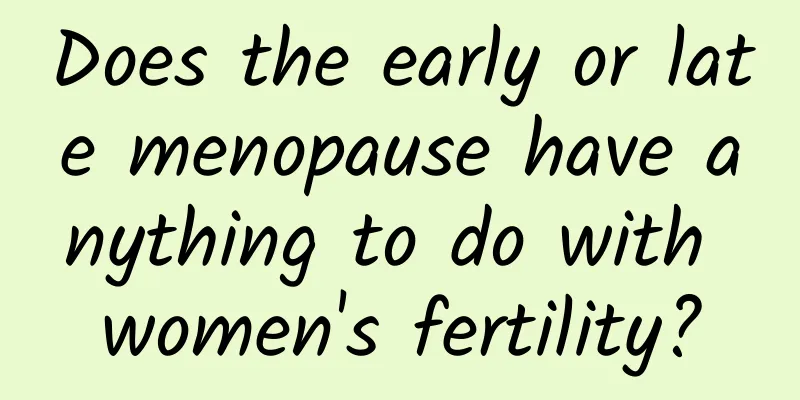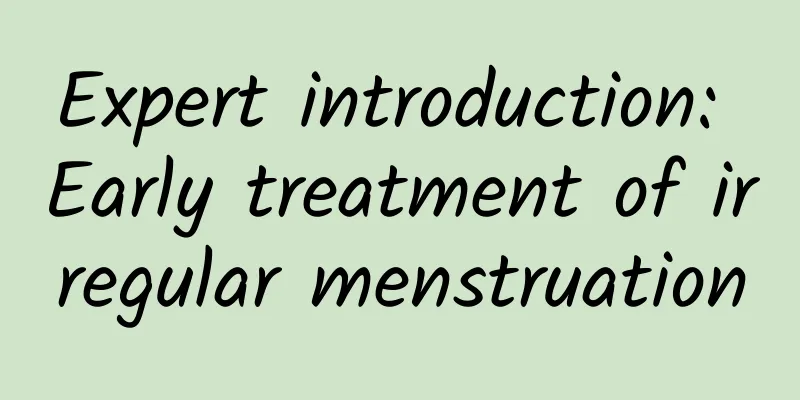When is minimally invasive surgery suitable for uterine fibroids? When is minimally invasive surgery suitable for uterine fibroids?

|
Uterine fibroids are common benign tumors in gynecology. Most patients develop the disease during their reproductive years, especially between 30 and 40 years old. There are many ways to treat this tumor, including minimally invasive surgery. So, when is minimally invasive surgery suitable for uterine fibroids? First of all, it should be made clear that not every woman with uterine fibroids needs surgical treatment. Only when the symptoms are obvious and cause trouble to life and fertility, surgical treatment should be considered. Minimally invasive surgery is a more advanced treatment method, which greatly reduces surgical trauma and damage to the body, allowing patients to recover faster. Below I will analyze from a clinical perspective when uterine fibroids are suitable for minimally invasive surgery. 1. Large tumors: When uterine fibroids are large, exceeding 5 cm, minimally invasive surgery is usually recommended for treatment. Large tumors may not only cause abdominal pain, periodic bleeding and other symptoms, but may also compress adjacent organs such as the ureter and rectum, leading to frequent urination, constipation and other discomfort. Minimally invasive surgery can effectively shrink the tumor and alleviate symptoms. 2. Ectopic fibroids: Ectopic fibroids refer to fibroids located outside the uterine wall, such as in the cervix, fallopian tubes, ovaries, etc. In this case, they often cause irregular bleeding, abdominal pain, pain during sexual intercourse, etc., which seriously affect the quality of life. Minimally invasive surgery can accurately locate and remove these ectopic fibroids, which helps to improve symptoms. 3. Rapid Growth: If the uterine fibroids grow rapidly in a short period of time, or grow more than 1 cm per year, minimally invasive surgery is also recommended, because these fibroids grow rapidly and may cause serious consequences such as bleeding and anemia, and may also affect fertility. It is worth mentioning that before deciding whether to perform minimally invasive surgery, doctors will also comprehensively consider factors such as the patient's age, fertility needs, and condition. For premenopausal women, if the uterine fibroids are not obvious or there are no serious symptoms, doctors may recommend observation and conservative treatment. But for young women who are planning to have children, especially those with multiple fibroids or adenomyosis, if the preoperative examination is abnormal, minimally invasive surgery is generally considered. The treatment of uterine fibroids should be determined based on the patient's specific situation. When choosing minimally invasive surgery, factors such as tumor size and location as well as the patient's age and fertility needs need to be considered comprehensively. Through precise surgical techniques and proper recovery care, minimally invasive surgery has become one of the preferred methods for treating uterine fibroids. |
Recommend
Increased vaginal discharge is the most common symptom of cervicitis
Speaking of cervicitis, female compatriots should...
How much does an abortion cost in Beijing? Some mechanisms and problems of medical abortion
Nowadays, many couples get pregnant accidentally ...
How to regulate irregular menstruation for women? 5 tips to regulate menstruation to help you have smooth periods every month
Irregular menstruation is a situation that many w...
Is there a high chance of inheriting cervical erosion?
Many people are asking this question: Is there a ...
What are the symptoms of uterine fibroids? What are the key points of uterine fibroids?
Gynecological diseases often become an important ...
What are the physical treatment methods for cervical erosion?
Cervical erosion is a common disease among female...
Laboratory tests for patients with dysmenorrhea
ESR, leucorrhea bacterial culture, B-ultrasound p...
What are the diagnostic criteria for chronic pelvic peritonitis?
What tests should be done for pelvic peritonitis?...
Do you know what treatments are available for vaginitis?
Summer is the peak season for female gynecologica...
It is very important to do a good job of postoperative care for cervical hypertrophy
Everyone may know that effective care is the key ...
The harm of uterine fibroids to pregnant women
Many women are often found to have uterine fibroi...
What are the main causes of ectopic pregnancy?
What are the main causes of ectopic pregnancy? I ...
How to cure fallopian tube blockage after abortion
How to cure fallopian tube blockage after abortio...
What is uterine fibroids with nodules? Is uterine fibroids with nodules serious?
What is uterine fibroids with nodules? Is uterine...
How to effectively prevent pregnancy after abortion
Abortion is a surgery performed for an unwanted p...









